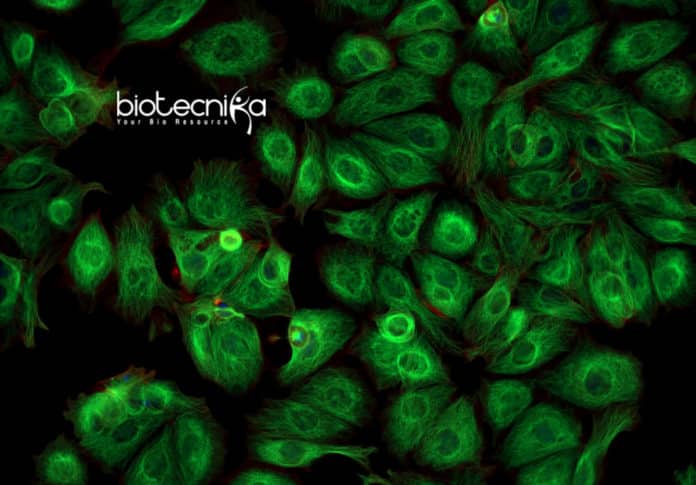Microproteins Role In Human Disease
Proteins are made up of chains of amino acids. An average human protein contains around 300 amino acids. Meanwhile, microproteins have less than 100 amino acids.
Salk scientists recently showed one such microprotein called PIGBOS- It is made up of 54 amino acids. PIGBOS contributes to mitigating cell stress. The study indicates that PIGBOS could be a target for human disease.
Salk Professor Alan Saghatelian said that study is exciting because cell stress is essential in many different diseases, including cancer and neurodegeneration. He is the co-corresponding author of the study.
Microproteins Role In Human Disease- The Study on PIGBOS
The research began when Salk postdoctoral scientist and first author of the study- Qian Chu detected PIGBOS in mitochondria. Mitochondria is a small organelle that powers essential cell functions. Chu wondered what PIGBOS’s role could be.

The team collaborated with co-corresponding author Uri Manor, director of the Waitt Advanced Biophotonics Core Facility at Salk. His team uses tools like fluorescent protein tags to locate proteins and see what they are doing in cells.
But Manor ran into a roadblock when he tried to attach a standard
tag, called green fluorescent protein (GFP), to PIGBOS. The microprotein was too small relative to the size of Green Fluorescent Protein. Manor’s team of researchers solved this problem by trying a less conventional approach called split GFP, where they fused just a tiny part of GFP, called a beta-strand, to PIGBOS.Finally, the researchers could see PIGBOS and study how it interacted with other proteins. As they mapped PIGBOS’s location, the team of researchers realized that it sits on the outer membrane of the mitochondria to make contact with proteins on other organelles. The researchers were surprised to see PIGBOS interacting with a protein called CLCC1, which is part of the endoplasmic reticulum (ER).

Microproteins Role In Human Disease- The Way Ahead
The researchers found that PIGBOS protein communicates with CLCC1 to regulate stress in the Endoplasmic Reticulum. In the absence of PIGBOS, the ER is more likely to experience anxiety, which leads to a chain of events where the cell tries to clear out harmful proteins. This is called the unfolded protein response. If the cell fails to eradicate these proteins, it will initiate a self-destruct sequence and die.
The scientists are interested in finding the roles of other mitochondrial proteins in ER stress, and in investigating how PIGBOS works in an animal model.
The Salk team of scientists is also looking to characterize the vast library of microproteins that may be crucial in cell biology.






























